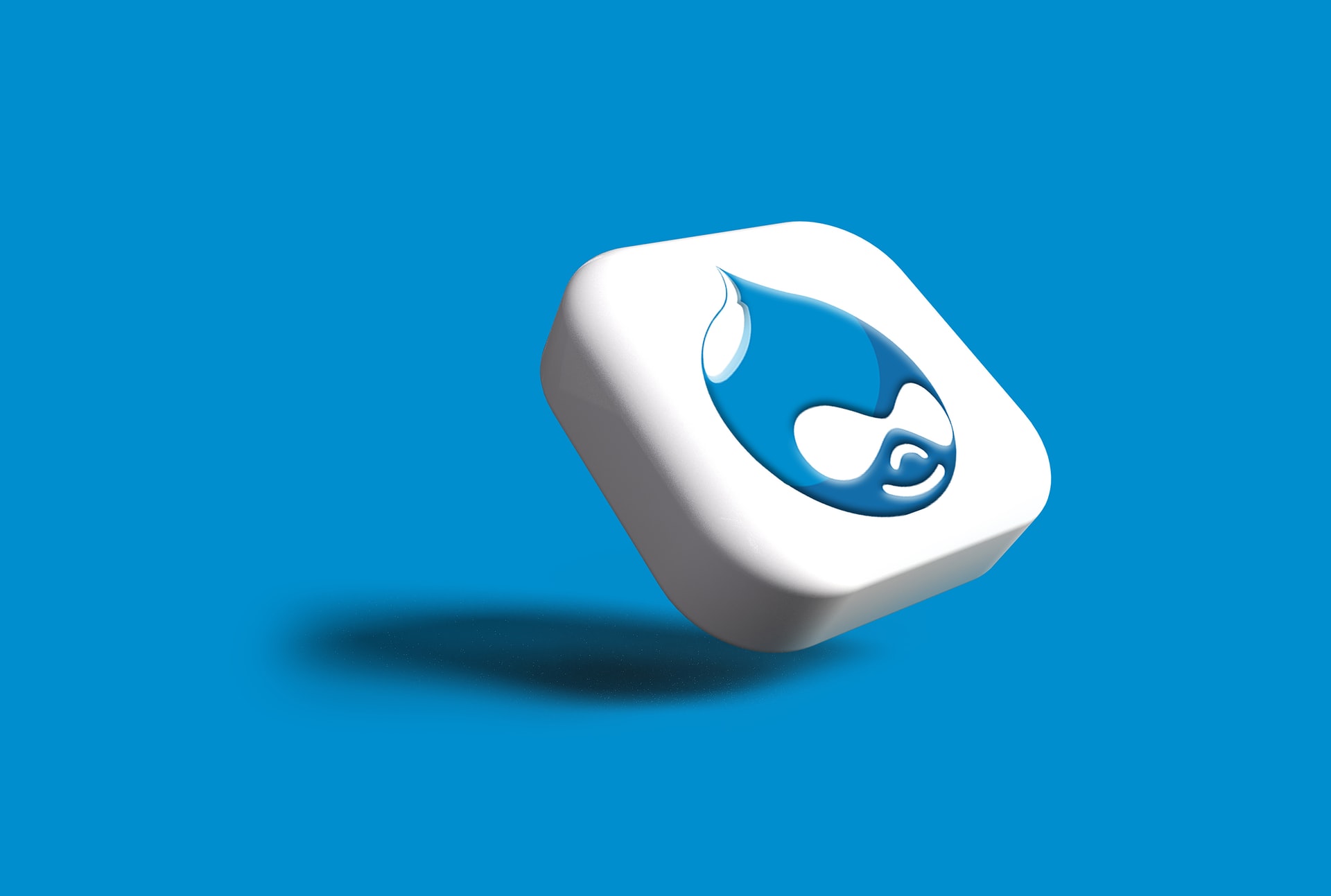
The settings.php file for Drupal 9
Posted: June 8, 2021 in Drupal
Here are some few useful tidbits I've learned about the settings.php file in my adventures with Drupal 8 and 9. All of this assumes that you are working on the command line and that your user is in the sudoers group.
First Steps
It's best to do the following things first:
- Set up the files directory and give it the correct permissions:
cd SITE/web/sites/default && sudo mkdir files && sudo chown USERNAME:apache files && sudo chmod a+w filesNote: Change SITE and USERNAME to your site's name and your system username, respectively. - Create the settings.php file:
cp default.settings.php settings.php && sudo chown USERNAME:USERNAME settings.php && sudo chmod ug=rwx,o=rw settings.php - Run install by going to the site at http://142.93.182.93/SITE/web/core/install.php.
- Secure the permissions on settings.php:
sudo chmod u=rw,go=r settings.php && sudo chmod a=rwx files - Make a private files directory:
cdto the root of the installation and dosudo mkdir private && sudo chown USERNAME:USERNAME private && sudo chmod a+w private - Move the
configdirectory out ofweb/sites/default/filesand into the root of the site:cd web/sites/default/filesand copy the name of the configuration file. Save that name because you'll need it a couple more times.sudo cp -r config_HASH ../../../../config_HASH(where HASH is the string appended to the config directory's name). After verifying that the config directory has been moved to the root of the site, dosudo rm -rf config_HASHinside ofweb/sites/default/files.
The settings.php file
Change to the web/sites/default directory and open settings.php using your favorite text editor. I use Nano even though I know it some purists will insist that Vim is the only way to go. To them I say, "Whatever."
Edit the "trusted_host_patterns"
Edit the trusted_host_patterns to include the root or host of your site. Using the find feature of your text editor, search for 'trusted_host', then enter the following in the space after the end of the commented portion:
$settings['trusted_host_patterns'] = [
'^YOUR_HOST_PATTERN_HERE$',
];Observe that the value is a Regular Expression, so "^" and "$" are important for marking the beginning and ending point. You will also have to escape some characters. For example, ^myniftysite\.org$.
Tell Drupal where to find the private files directory
Search for "file_private_path" and add this after the end of the commented portion:
$settings['file_private_path'] = $app_root . '/../private';
That will tell Drupal to look outside of the web root for the private files directory.
Tell Drupal where to find the config directory.
Search for "config_sync_directory" and add this after the end of the commented portion:
$settings['config_sync_directory'] = $app_root . '/../config_HASH/sync';Note that you must replace "HASH" here with the actual hash that is appended after "config_". Don't for get to add "/sync", either!
Generate a .htaccess file for the private files directory
Navigate in the browser to admin/config/media/file-system and click 'Save configuation' to generate the .htaccess file.
If you are going to do a migration:
If you are going to do a migration, add the following at the end of your settings.php file to connect to the migration database. NOTE: It's important to name the key 'migrate'.
$databases['migrate']['default'] = array (
'database' => 'DBNAME',
'username' => 'DBUSER',
'password' => 'DBPASSWORD',
'prefix' => '',
'host' => 'localhost',
'port' => '3306',
'namespace' => 'Drupal\\Core\\Database\\Driver\\mysql',
'driver' => 'mysql',
);Of course, DBNAME, DBUSER, AND DBPASSWORD have to be replaced with real values.
Photo by Rubaitul Azad on Unsplash